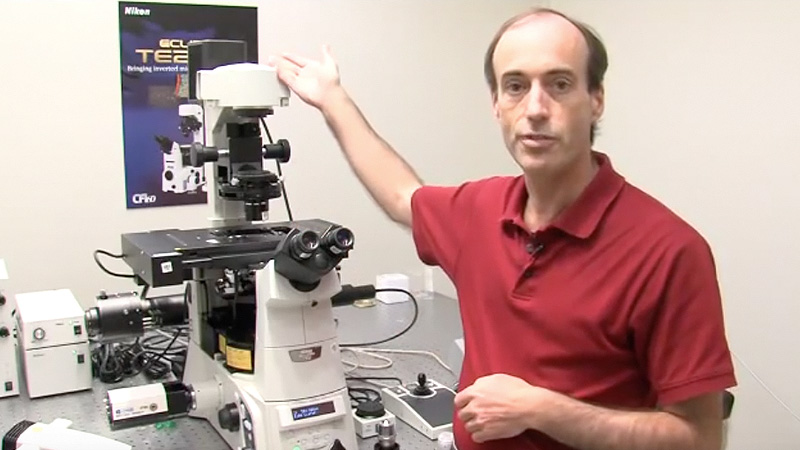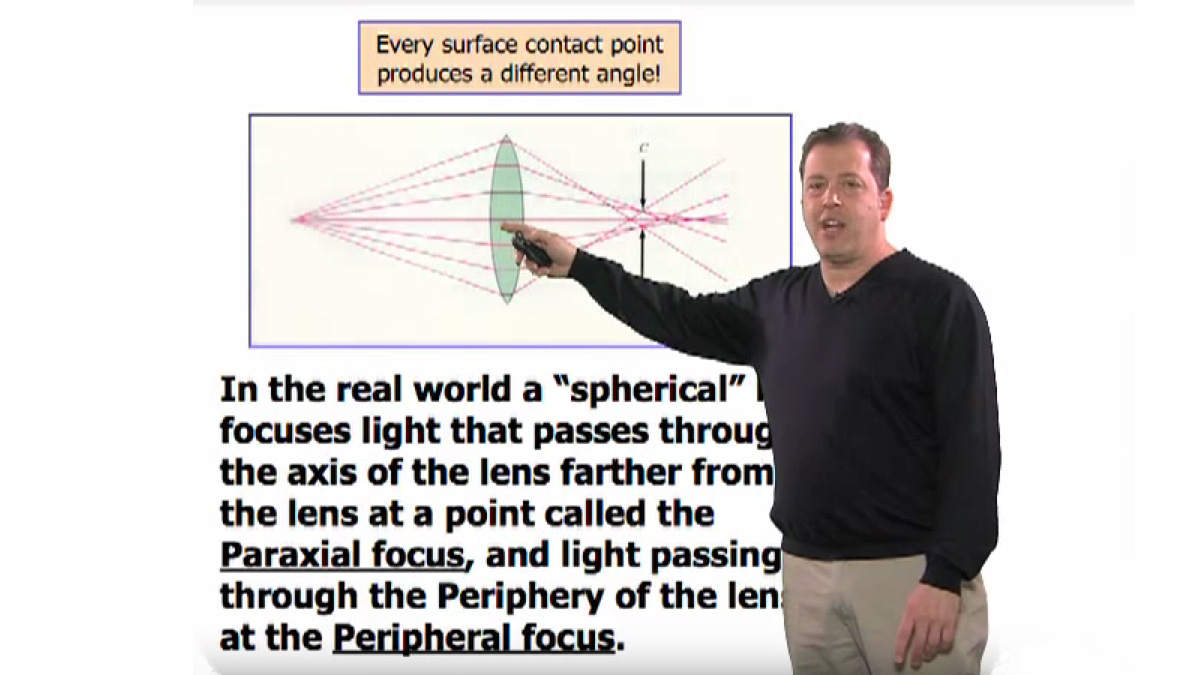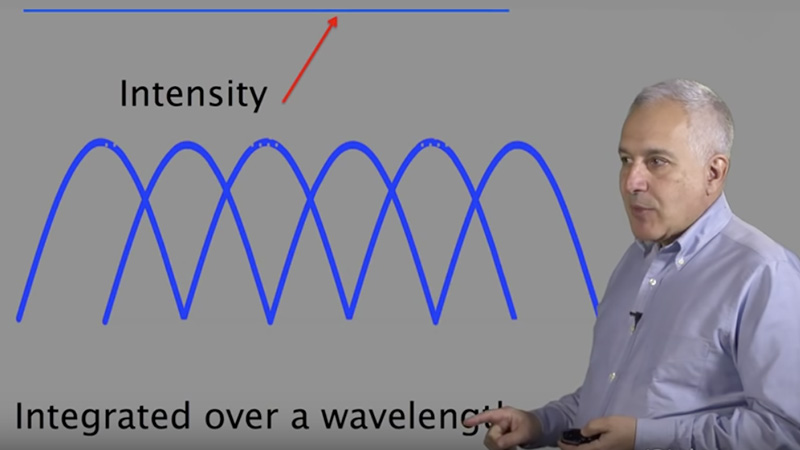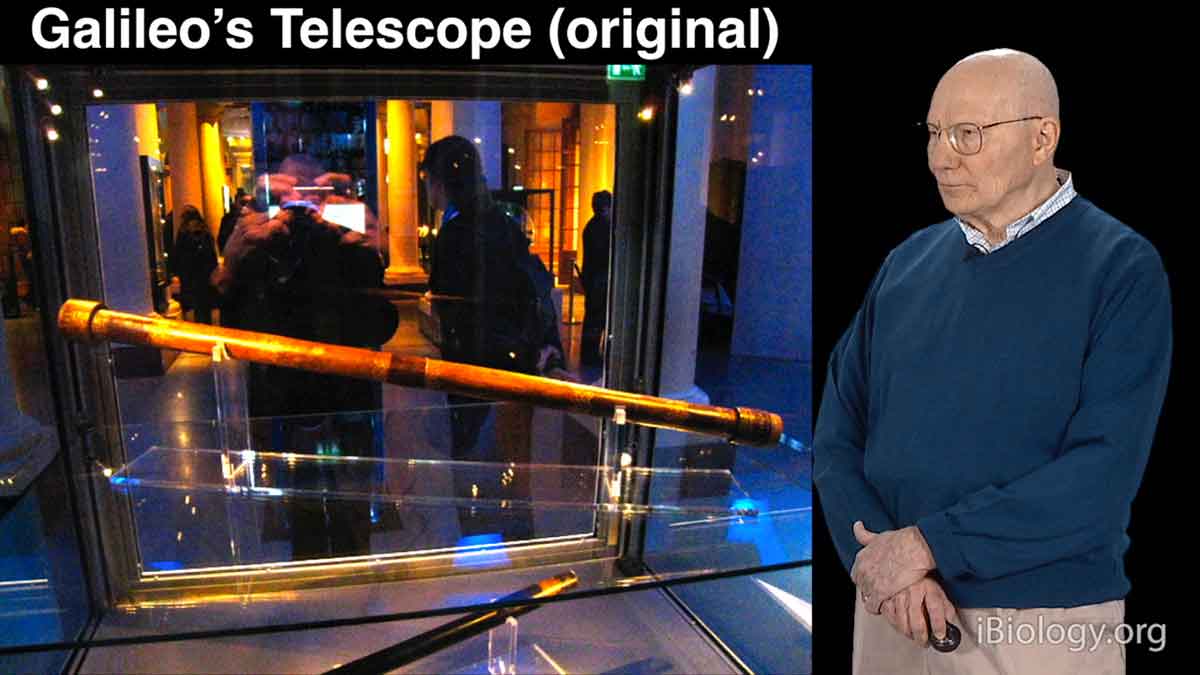Talk Overview
Light microscopes use lenses. The basic properties of light, how light interacts with matter, the principles behind refractive lenses and how lenses form (magnified) images will be introduced in this talk.
Questions
- A light ray travels through water and hits a layer of glass at a right angle. What fraction of the light ray will be reflected at this interface (assume a refractive index of 1.33 for water and 1.52 for glass)?
- 4%
- 0.9%
- 0.45%
- 0.1%
- A light ray traveling through air hits a layer of glass at an angle of 45 degrees from the normal. At what angle from the normal will the light ray travel through the glass?
- 45 degrees
- 39 degrees
- 34 degrees
- 29 degrees
- Which property of light remains the same when a light ray moves from vacuum to water?
- Velocity
- Frequency
- Wavelength
- Given a microscope equipped with infinity optics, including a tube lens with a focal length of 25 mm and a 100x objective, what is the front focal length of the objective lens?
- 0.25 mm
- 25 mm
- 0.25 m
- 2.5 m









Catherine says
The answer key for question 2 states that sin(45)=0.85; however, sin(45 degrees)=0.7.
Bela says
I agree with Catherine: sin(45deg)=0.707
Like that the answer would be: 27.7 degrees